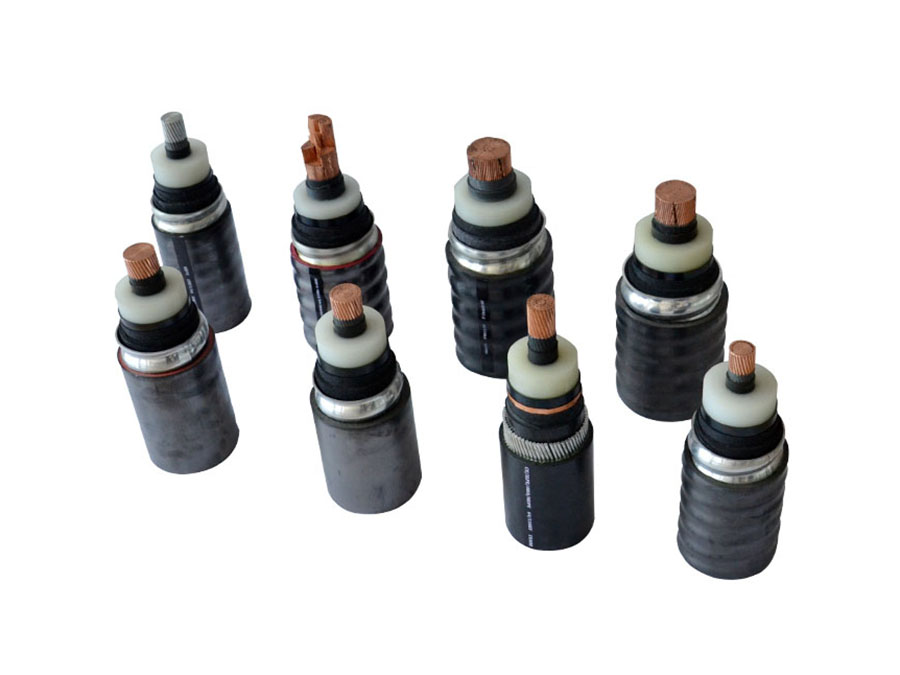
Wire and cable refers to materials used for power, communication, and related transmission purposes.
There are no strict boundaries between "wires" and "cables."
Generally, a product with a small number of cores, a small product diameter, and a simple structure is called a wire, a non-insulated wire is called a bare wire, and the other is called a cable.
A conductor having a large cross-sectional area (greater than 6 square millimeters) is called a large wire.
Small (less than or equal to 6 square millimeters) is called a small wire, and insulated wire is also called a wire.
Wire and cable mainly includes bare wires, electromagnetic wires and insulated wires for electrical appliances, power cables, communication cables and optical cables.
The complete naming of wires and cables is often complicated, so people sometimes use a simple name (usually the name of a category) in combination with the model specification instead of the full name, such as "low voltage cable" for all plastic insulated power of 0.6/1kV cable.
The wire and cable type spectrum is relatively perfect.
It can be said that as long as the standard model specifications of the wire and cable are written, the specific product can be specified, but what is its complete name?
The naming of wire and cable products has the following principles:
(1) Product application or size class name
(2) product structure materials or types
(3) Important or additional features of the product
Basically named in the above order, sometimes in order to emphasize important or additional features, the features are written before or before the corresponding structure description.
The product structure is described from the inside to the outside: conductor -> insulation -> inner sheath -> outer sheath -> armored type.
In the case of no confusion, some structural descriptions are written or abbreviated.
For example, aluminum conductors are not allowed in automobile wires and cords, so conductor materials are not described.